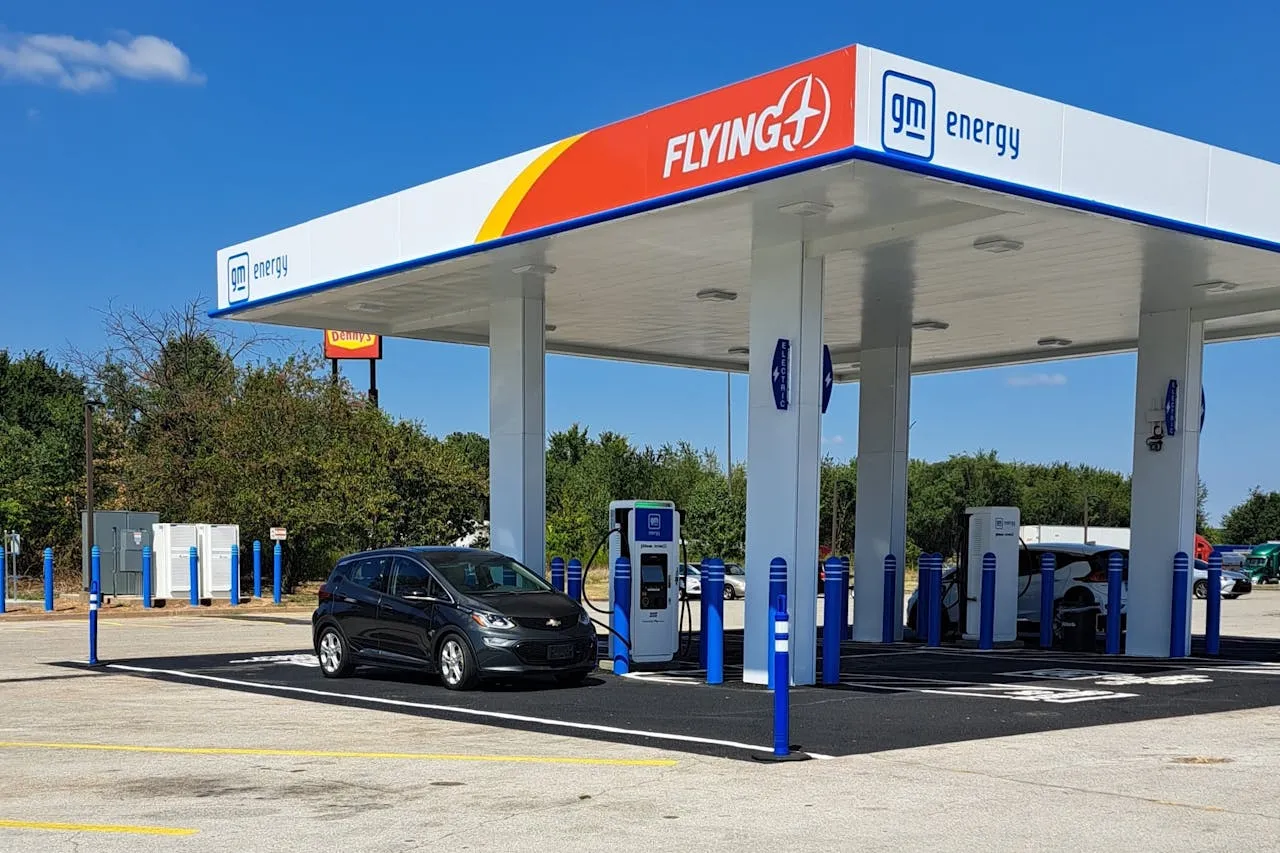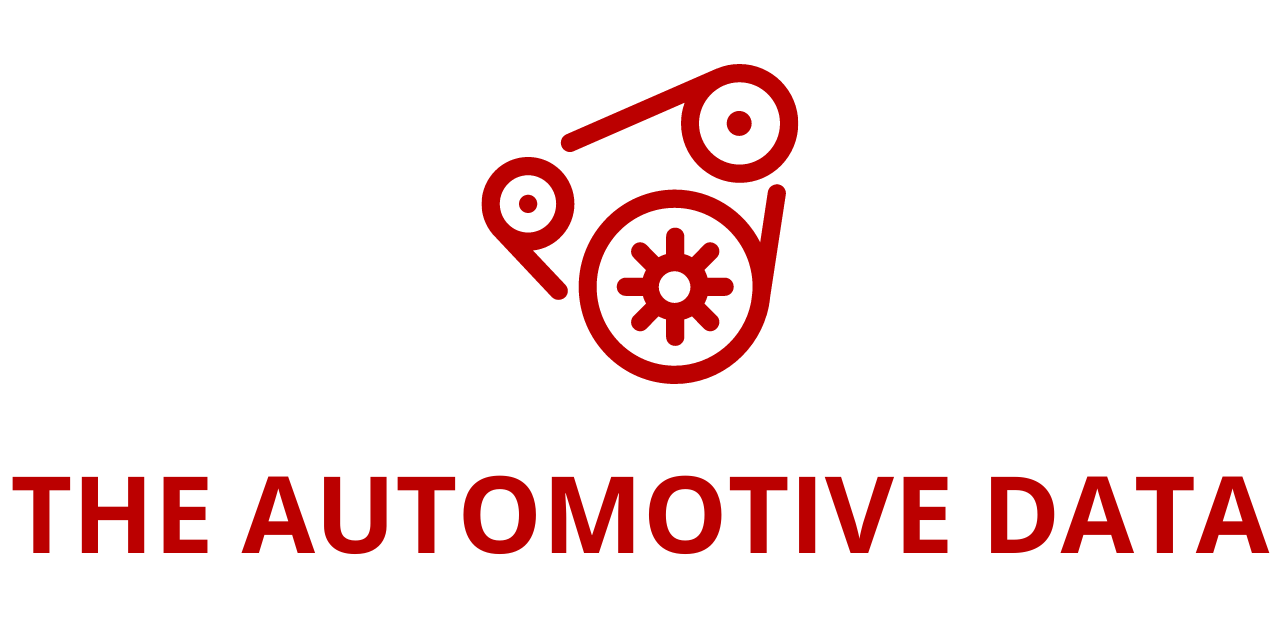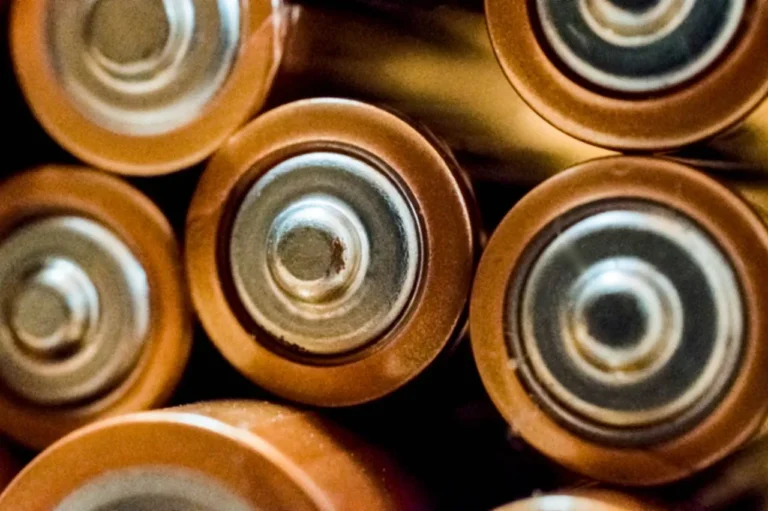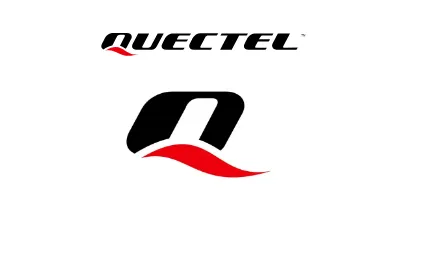
A Deep Dive with GM Formula 1 Aerodynamics Engineer Anthony Heenan
General Motors has officially entered the world of Formula 1. With the launch of the Cadillac Formula 1 Team scheduled for the 2026 season, GM is aggressively building a roster of top-tier talent, gathering some of the most experienced and innovative minds in motorsports engineering from around the globe. One such addition is Anthony Heenan, an aerodynamics expert whose impressive career spans decades and includes work with legendary teams like Ferrari, Sauber, and Williams.
Now serving as the Lead Engineer for Aerodynamics Innovation at GM Motorsports, Heenan is at the forefront of developing the technologies and processes that will shape Cadillac’s F1 debut. We sat down with him at the GM Charlotte Technical Center in Concord, North Carolina, to talk about his career, the challenges ahead, and the future he envisions for GM in motorsports — and beyond.
From Academia to the Pinnacle of Motorsports
Anthony Heenan’s journey into the elite world of Formula 1 started in the classroom. He earned his Master’s degree in Aeronautical Engineering followed by a Ph.D. in Aerodynamics from the prestigious Imperial College London, one of the world’s leading institutions for engineering studies.
“I started by working on experimental, practical aerodynamic problems in academia,” Heenan shared. “It was great for developing a strong foundation, but I always knew I wanted to apply these skills in a competitive, fast-paced environment.”
That opportunity came in 2003, when Heenan landed his first role in Formula 1 at none other than Ferrari, one of the most iconic teams in motorsport history.
Life at Ferrari: Championships and Constant Evolution
At Ferrari, Heenan began as a junior test engineer in the aerodynamics department. Over the next six years, he climbed through the ranks, working on continuous aerodynamic development programs aimed at improving the vehicle’s performance.
“It was an exciting time to be at Ferrari,” he recalled. “We won three world championships during that period. The focus was relentless — every day was about finding the next marginal gain.”
The reality of working in Formula 1, Heenan explained, is that the pace never lets up. Although the public only sees the race every two weeks, behind the scenes, car development is a 24/7 operation.
“We were always designing, testing in the wind tunnel, analyzing results, and making incremental improvements. When something worked, it wasn’t months before we saw it on track — it could be just days.”
A New Chapter at Williams and Sauber
In 2008, Heenan was recruited by Williams Racing, another storied F1 team. He accepted a senior position where he would spend the next 11 years refining his craft and leading innovation efforts.
“At Williams, I had more freedom to drive research initiatives,” he said. “I was able to experiment with different aerodynamic solutions and refine our methodology for vehicle development. My lab was the racetrack itself.”
In 2019, seeking new challenges, Heenan made another move — this time to Sauber F1 in Switzerland, where he took on the role of Head of Aerodynamics Research and Development. He also oversaw the team’s wind tunnel operations, a critical piece of the aerodynamics puzzle in modern F1.
When Sauber was acquired by Audi in preparation for its own F1 entry in 2026, Heenan found himself at a career crossroads.
“With the transition underway, it wasn’t clear how my role would evolve,” he explained. “I decided to explore other opportunities — and that’s when GM came into the picture.”
Joining GM and Shaping the Future
In October 2024, Heenan officially joined GM Motorsports, working closely with the development team for the Cadillac F1 project. His wife, also a former Sauber employee, had already accepted a position with GM, making the transition a family affair.
“Working with GM feels like a natural next step,” Heenan said. “The company has massive resources and a strong commitment to innovation. They’re serious about succeeding in Formula 1.”
His mission at GM is clear: bring the knowledge, methodology, and pace of F1 innovation into the heart of GM’s motorsports division — and eventually into the broader automotive business.
The Passion for Competitive Engineering
For Heenan, working in motorsports isn’t just about cars — it’s about solving engineering challenges under extreme pressure.
“I love problem-solving,” he said with a smile. “I was building with Legos as a kid — now I get to do the same thing, just with a much bigger budget and much higher stakes.”
Interestingly, Heenan noted that his passion isn’t limited to automobiles.
“If I were working in competitive sailing, motorcycle racing, or even bobsleds — which I’ve done before — I’d be just as fulfilled. It’s about physics, creativity, and innovation. The vehicle is just the canvas.”
The GM Work Culture: A Refreshing Change
Compared to some of the environments he’s worked in before, Heenan has been impressed by GM’s emphasis on people-first leadership and corporate culture.
“There’s a real focus here on building systems and processes that support a healthy, productive work environment,” he said. “From leadership down, there’s a genuine care for the human side of engineering. In my experience, that’s rare — and extremely valuable.”
Challenges on the Road to 2026
The path to the 2026 grid won’t be without obstacles. According to Heenan, bridging the gap between the culture of a traditional automotive OEM and the unique demands of F1 is one of the biggest challenges.
“Manufacturing a consumer vehicle and developing a Formula 1 car are two very different skill sets,” he explained. “At GM, the challenge will be to preserve the urgency and precision motorsports demand while leveraging the company’s massive industrial expertise.”
Still, he sees it as a tremendous opportunity — one that could change GM’s approach to innovation across the board.
How Formula 1 Will Influence GM’s Future
One of the most exciting prospects of GM’s foray into Formula 1, according to Heenan, is the technology transfer that can happen between racing and consumer vehicle production.
“In motorsports, innovation cycles are incredibly fast. You come up with an idea on Monday, prototype it by Wednesday, and test it on Saturday,” he said. “If we can infuse that kind of agility into GM’s OEM operations, it could significantly accelerate product development and technological advancement.”
This approach, he believes, will help GM maintain a competitive edge not just in motorsports, but across its entire portfolio of vehicles.
Why Engineers Should Join the Cadillac F1 Team
For engineers who crave a fast-paced, high-stakes environment, Heenan believes there’s no better opportunity than working with the Cadillac F1 Team.
“If you’re passionate about making things faster, better, and more efficient — and you want to see your work come to life almost immediately — Formula 1 is the ultimate proving ground,” he said. “You’ll be competing against the best engineers in the world. If you succeed, it proves you belong among the elite.”
And for those who want to shape the future of mobility, starting in motorsports and transferring that knowledge to road cars could be an incredibly fulfilling career path.








